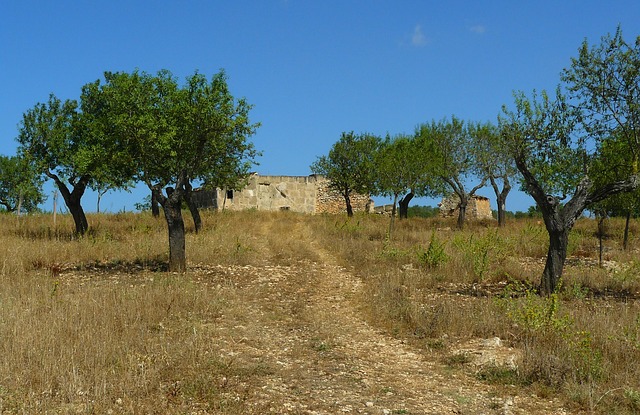Is buying a Spanish ghost town the ultimate social distancing project?

The Covid-19 pandemic has made many city dwellers reassess their relationship with all things urban. In June and July 2020, buyer inquiries to Rightmove from those living in cities shot up by 78% compared to the previous year. The number of people considering properties in village locations, meanwhile, was up 126%.
It’s not just villages in the UK that are attractive to buyers looking to escape city life right now. According to the property experts at CostaLuz Lawyers, Spain has much to offer when it comes to escaping the pandemic, particularly for those looking to detach from urban life in a more substantial way.
“Spain is home to around 1,500 abandoned hamlets due to significant rural depopulation over the past couple of decades. These offer a fascinating opportunity for property buyers who want to opt out of city life and reconnect with the land. And with so many hamlets available, the prices can be really quite attractive.”
Rural depopulation is a big issue in Spain, where over half the country has a population density of under 12.5 inhabitants per square kilometre. Prime Minister Pedro Sanchez reports that, “Half of Spain’s municipalities have fewer than 1,000 inhabitants, and a large part of our territory is at risk of depopulation.” As such, abandoned hamlets – of ‘ghost towns’ can be found dotted across the country.
But buying your own Spanish ghost town isn’t just about ancient farmhouses that are slowly crumbling in idyllic rural locations. When the global financial crisis hit, a swathe of developers across Spain went bust, leaving housing projects of all shapes and sizes unfinished. Some have little more than foundations in place, but others are almost finished. Most are now owned by the banks that took them on from bankrupt developers. As the sites are too expensive to demolish, most are just sitting unfinished, with nothing having happened since workers downed tools when the financial crisis began to bite.





